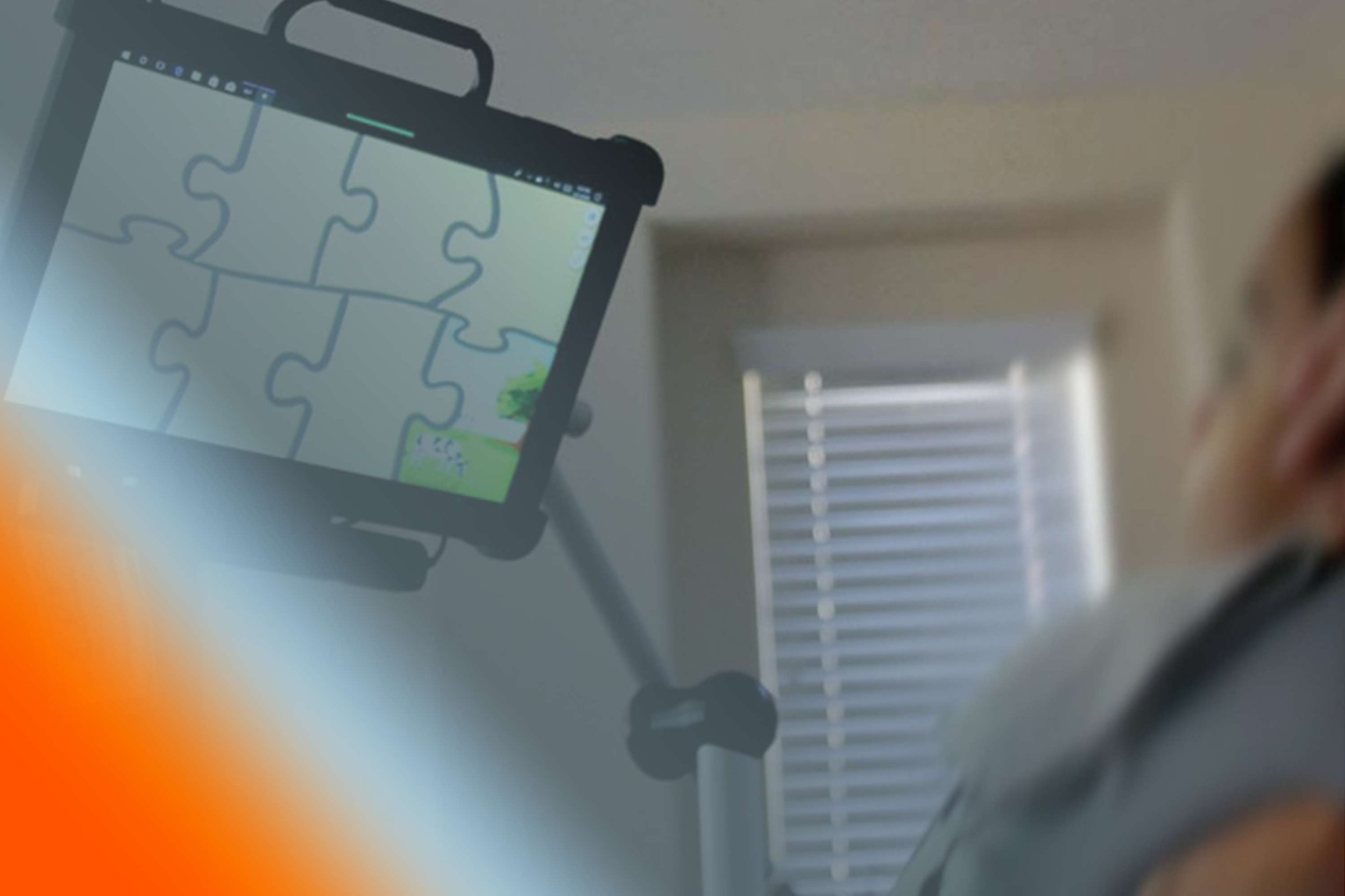
Assistive Technology
Augmentative and alternative communication (AAC) services at Tilton’s Therapy for Tots.
When we think of speech therapy, the first image that comes to mind is the small table with 2 chairs and a therapist (SLP), and a child working on various sounds. However, what happens when you have a child that will not develop speech? How do you teach that child to communicate in a manner that will give them as independent a life as possible? Children with complex communication needs may need to find other ways to communicate. This is when an SLP who specializes in AAC can assist in prescribing and providing therapy with a device for your child.
What is AAC?
AAC is a set of tools and strategies that an individual uses to solve everyday communicative challenges. Communication can take many forms such as: speech, a shared glance, text, gestures, facial expressions, touch, sign language, symbols, pictures, speech-generating devices, etc. Everyone uses multiple forms of communication, based upon the context and our communication partner. Effective communication occurs when the intent and meaning of one individual is understood by another person. The form is less important than the successful understanding of the message.
Types of AAC
No-tech communication does not involve any additional equipment - hence it is sometimes referred to as 'unaided communication’. Examples are body language, gestures, pointing, eye pointing, facial expressions, vocalizations, signing.
Low-tech communication systems do not need a battery to function and include pen and paper to write messages or draw; alphabet and word boards; communication charts or books with pictures, photos, and symbols; particular objects used to stand for what the person needs to understand or say. This is sometimes referred to as 'aided communication' because additional equipment is required.
High-tech communication systems need power from a battery or mains. Most of them speak and/or produce text. They range from simple buttons or pages that speak when touched, to very sophisticated systems. Some high-tech communication systems are based on familiar equipment such as mobile devices, tablets, and laptops, others use equipment specially designed to support communication. This is sometimes referred to as 'aided communication' because additional equipment is required.
If you have a child who is has complex communication needs (CCN) regardless of age or diagnosis and you believe could benefit from an AAC consultation, please do not hesitate to contact us.
Questions before getting started? Get in touch.
We’re Mobile.
Tilton’s Therapy is MOBILE to accommodate patients in their natural environments. This allows for the incorporation of family members during therapy to allow for the greatest potential of therapeutic progression.


